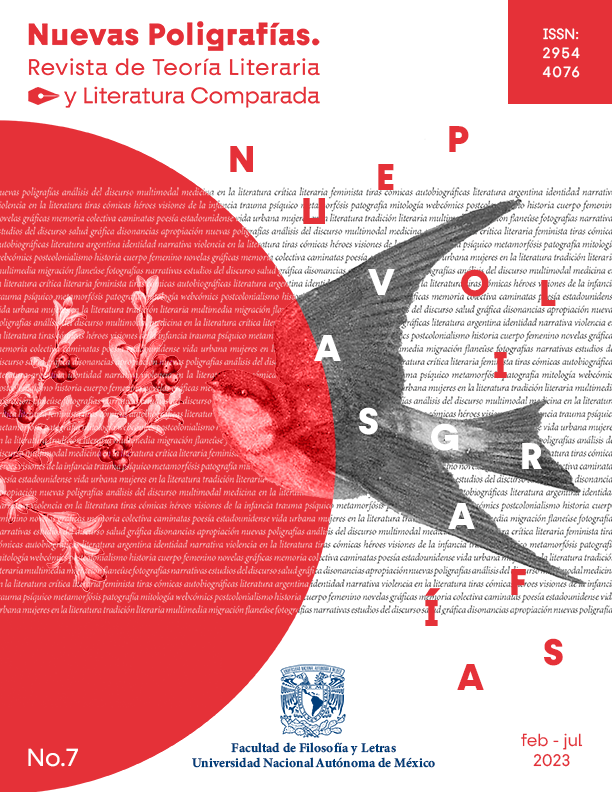Appropriating the Flâneuse in Diane di Prima
Main Article Content
Abstract
The poetic voice of American poet Diane di Prima (1934-2020) is, at least in the first decades of her career as a writer, closely related to the urban setting. This relationship reflects the complexity underlying feminine subjectivity and corporality in a city where the public and private spheres are clearly separated and delimited in terms of class and gender. The urban environment, with its multiple possibilities for human experience, offers Di Prima fundamental matter for the shaping of her voice, but also for the construction and representation of the city she inhabits. It is, in this sense, a primary component of her identity as a poet. Engaging in a dialogue with the poetic tradition of the metropolis and with the literary paradigm of the flâneur, she inserts herself within this tradition. Yet, she also appropriates and questions various of its aspects, notably the assumed masculinity of the flâneur as a literary figure, and with this also the myths of the masculine roots of its construction. This results in an intertextuality that problematizes this filiation by means of the playful alteration of some of its paradigmatic components such as sight, the presence of the feminine body in the urban space, and the validity of her access to this space as a flâneuse, thereby connecting her work with the history of the poetic representations of the city.

